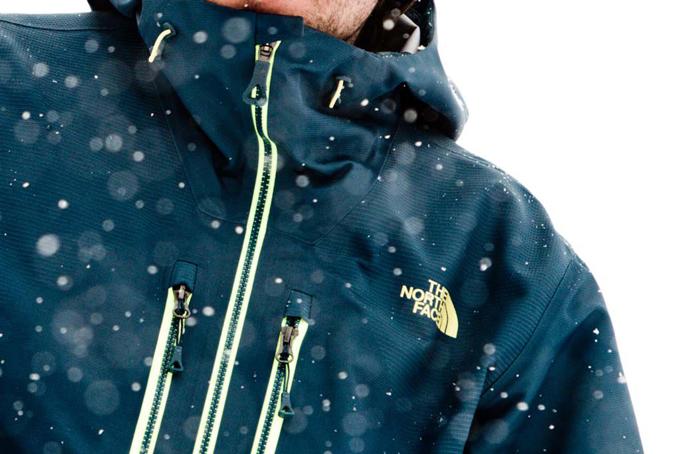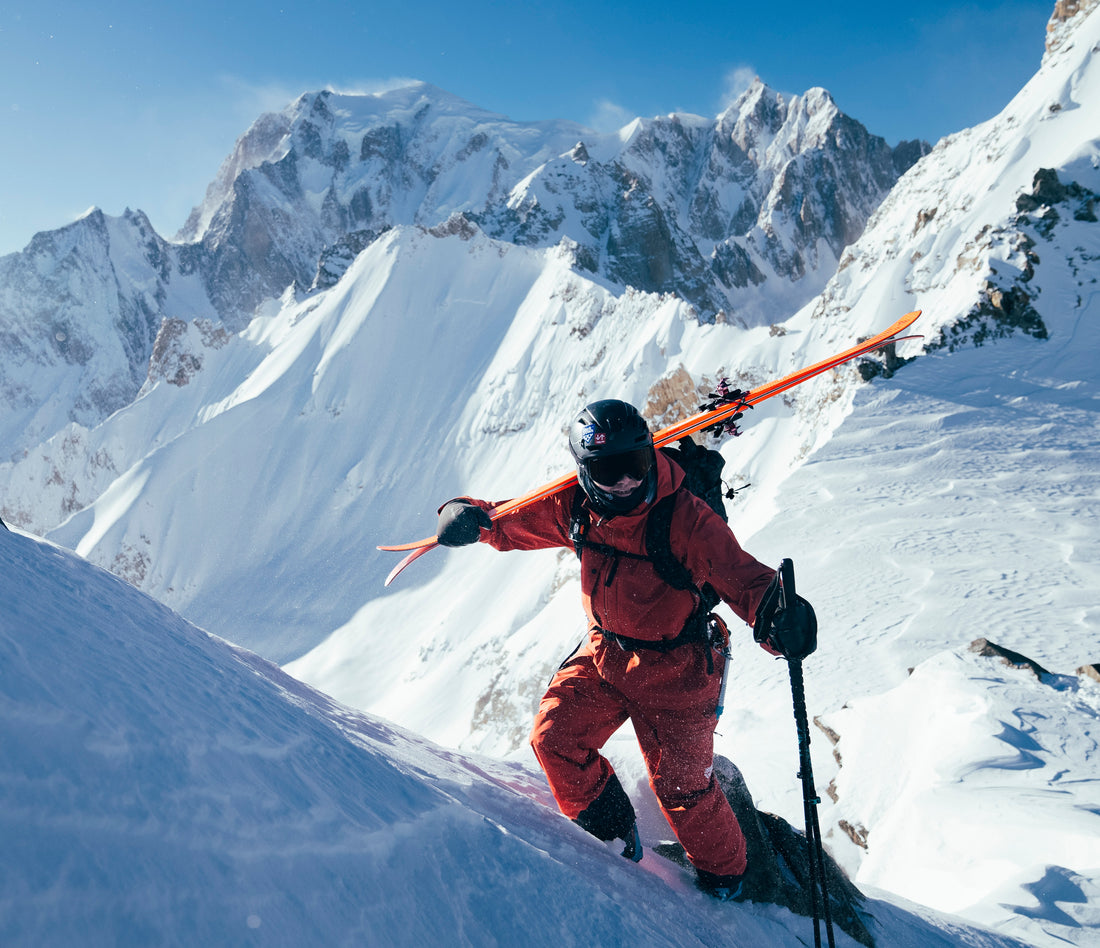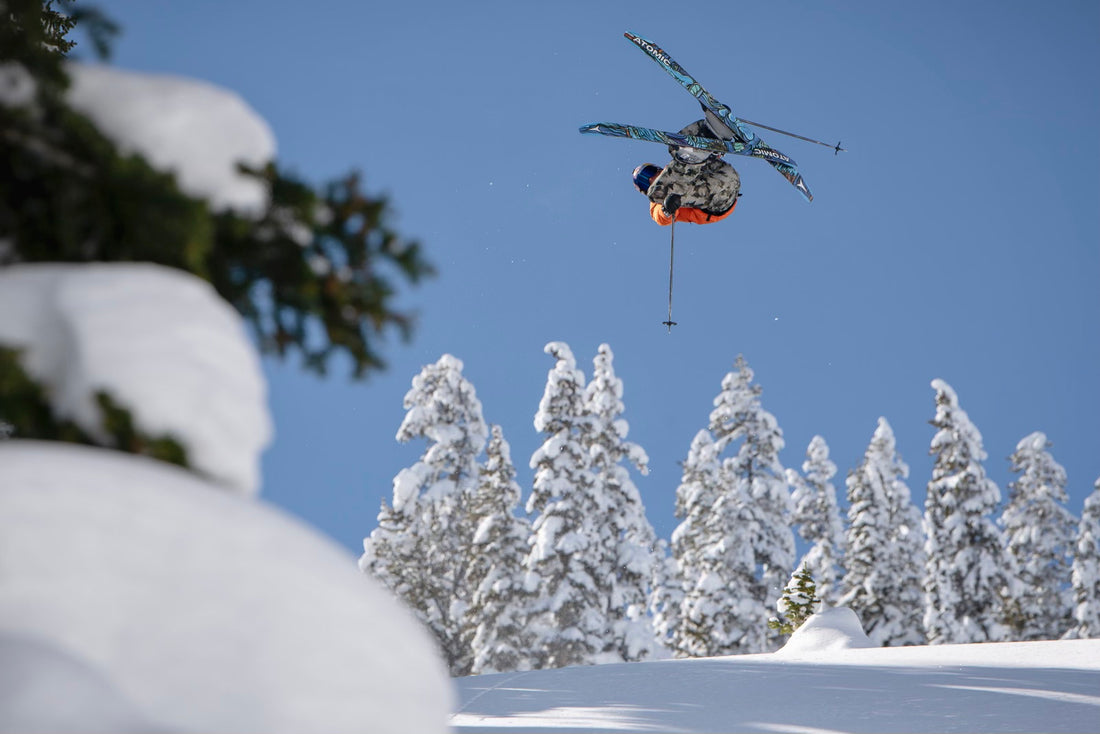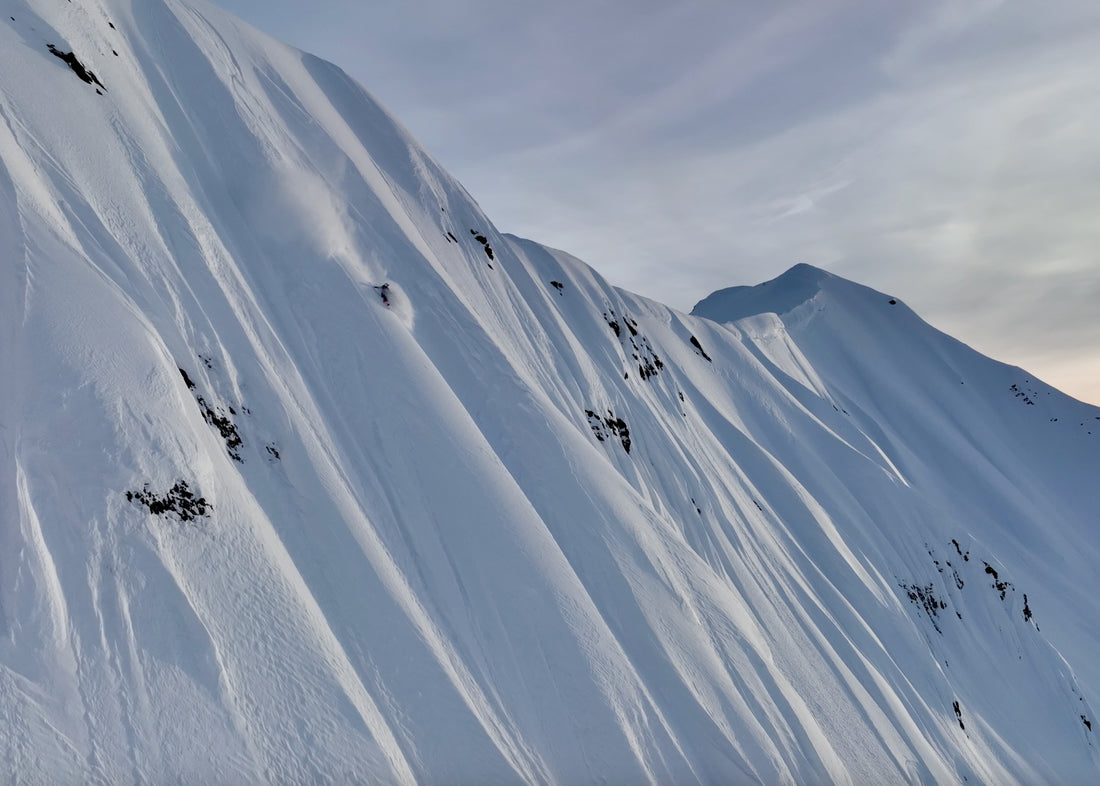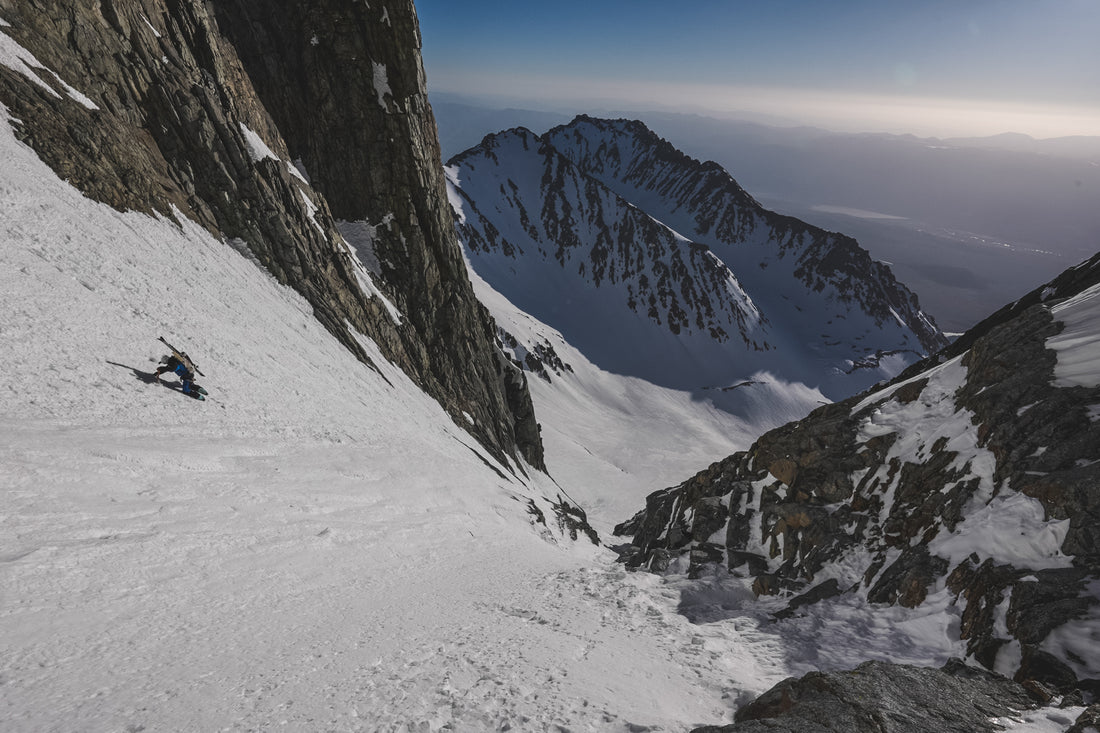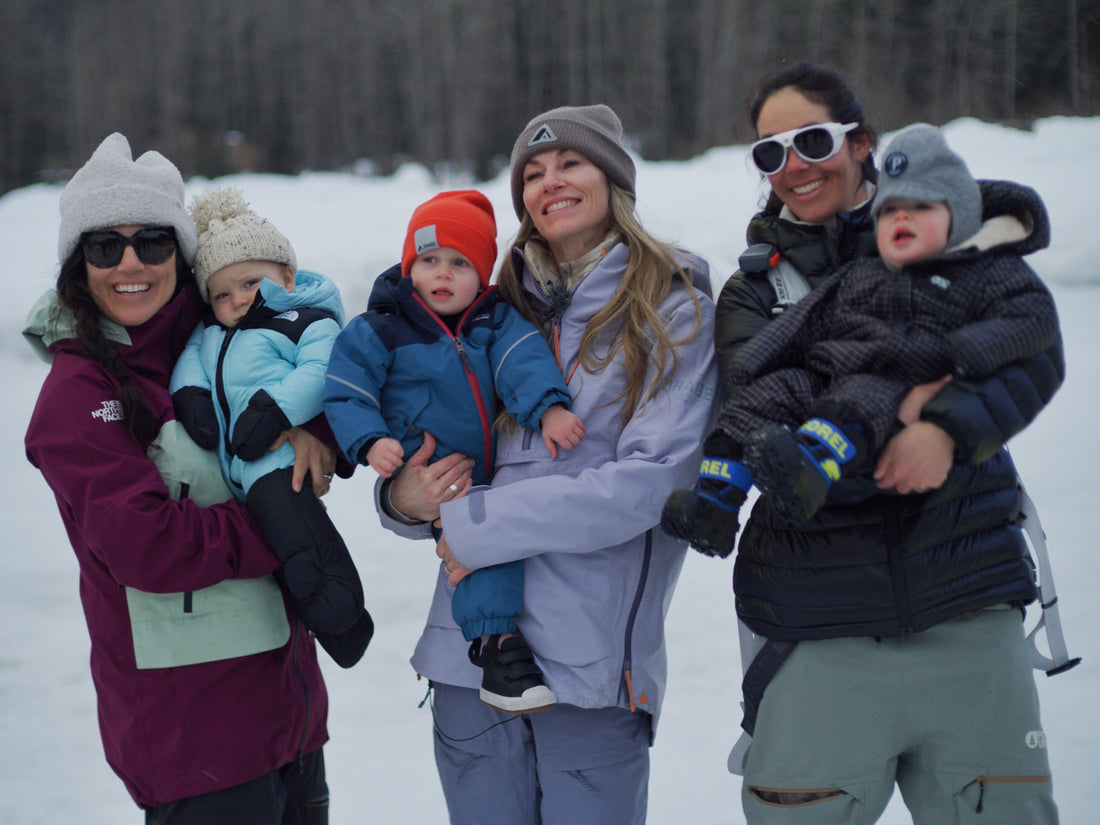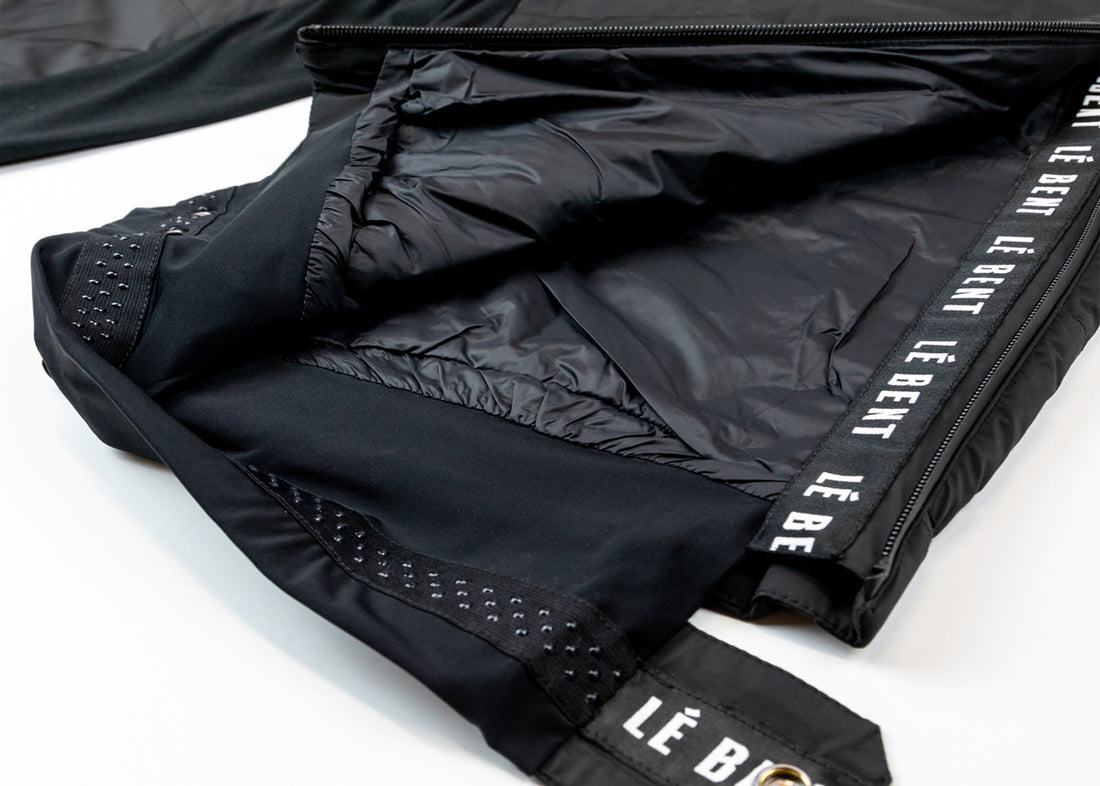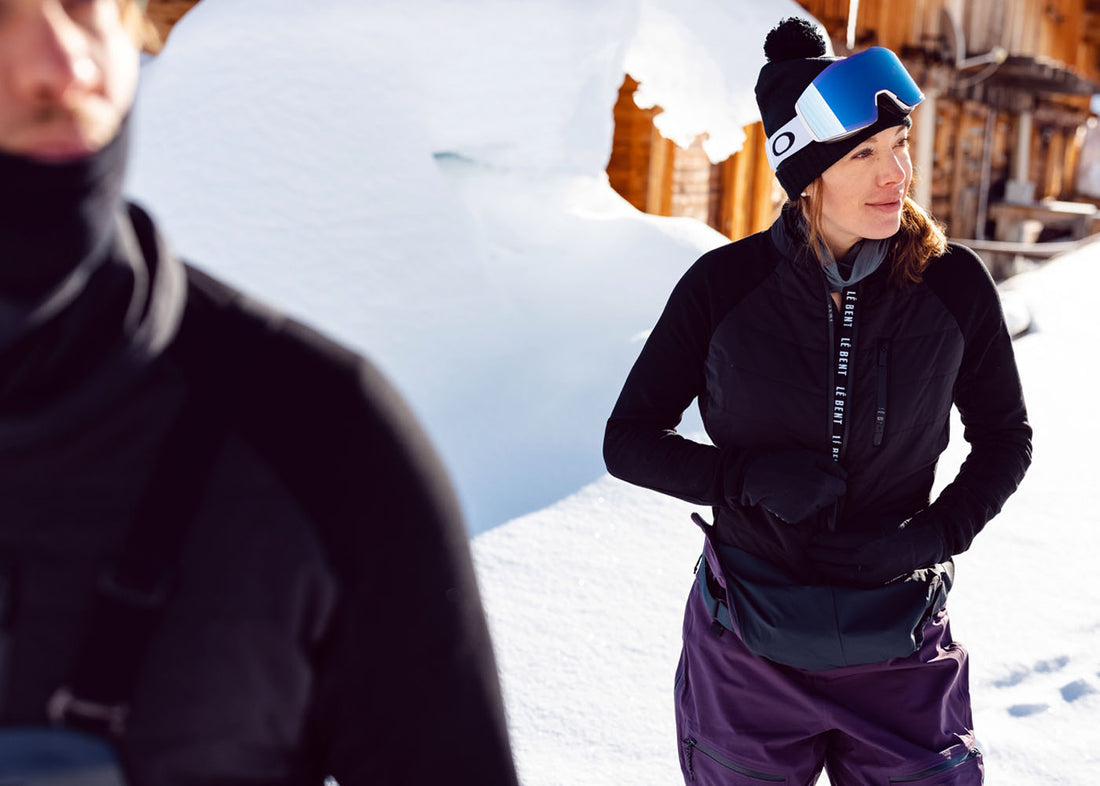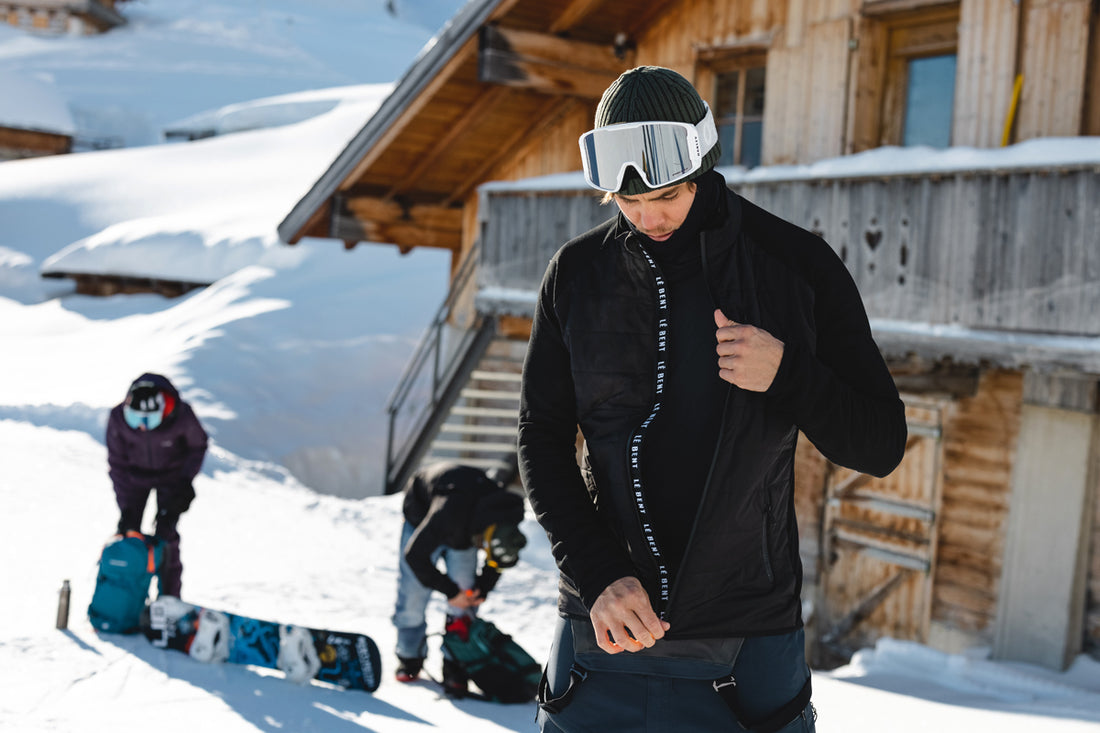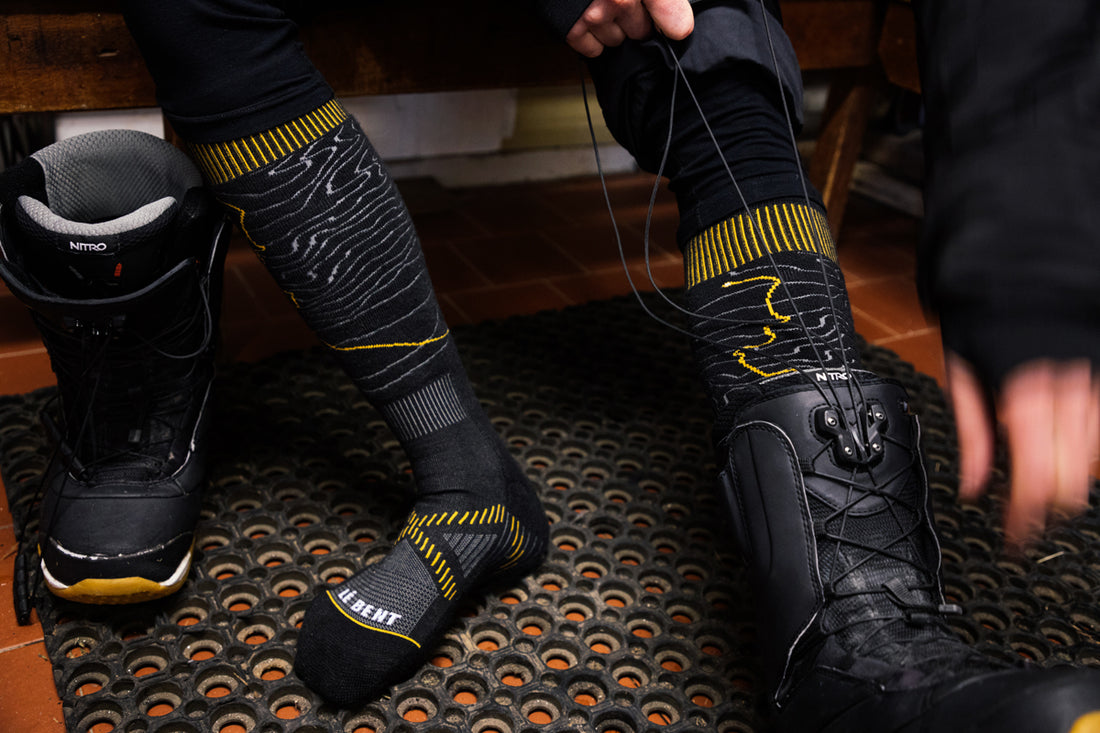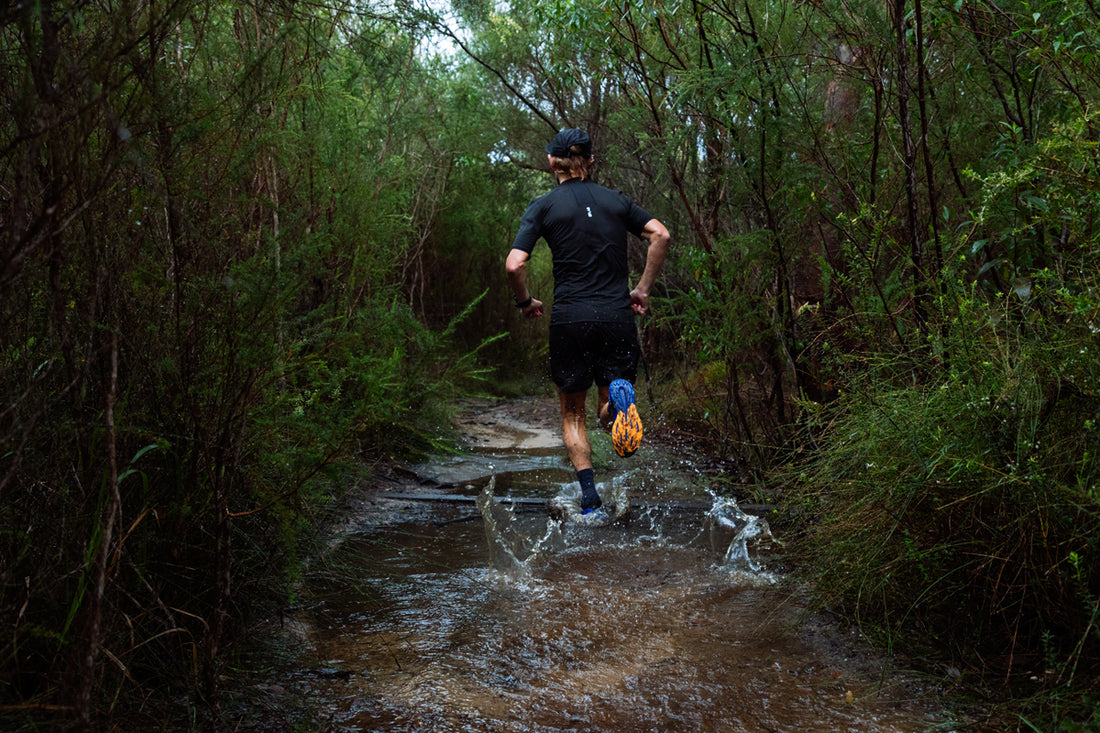Here is a great article written by Chillfactor on a few trends that are driving the technology in ski and snowboard gear. We are proud to be showcased as an innovative company developing new and exciting first on skin products.
There are three trends driving technology in ski gear right now: backcountry skiing, powder skiing and urban life. These trends are dictating how we dress ourselves for a day in the mountains, and brands are responding.
Backcountry skiing is seriously pushing technology; there it’s all about lightness, ventilation and safety. Meanwhile, our insatiable thirst for powder snow holidays determines that we dress for more extreme climates (for example, January in Hokkaido is not the same as January in Heavenly). So we are buying outerwear with better waterproof and breathability ratings, and figuring out that to be warm it’s better to layer up. But we don’t all want to look like Norwegians, we want our gear to be versatile, so we’re demanding this stuff in an urban design language that lets us move seamlessly through different social contexts.
TECH
Gore Tex is still the benchmark for quality outerwear. But Gore has its downsides too. For all its breathability, waterproofing and durability, it is kind of stiff to wear. Also, the standards Gore Tex requires for garments to achieve their waterproofing ratings tend to limit the way in which Gore Tex outerwear can be made. The result is that a lot of Gore Tex stuff looks similar.
Right now brands are throwing a lot of money at R&D to develop fabrics that have the waterproofing and breathability of Gore, but are soft to touch. The ISPO award-winning North Face Fuse Brigandine Jacket is built from HyVent® Alpha fabric using FuseForm™ construction to deliver a lighter and more durable jacket with the benefits of four-way stretch, water channelling texture, and a more modern look and feel. It’s a contender. Rip Curl has been playing with four-way stretch fabrics for a few years now, and the same theme continues in 2015 with their Sam and Victor Ultimate Gum jackets that also have maximum waterproof and breathability ratings.
The North Face's revolutionary FuseForm construction delivers a fabric that's lightweight and durable – especially in high-wear areas Image:: The North Face/Andrew Miller
The trend in underlayers is that you can’t beat natural fibres. We have seen a proliferation of Merino products, and all-Merino brands, in the last few years. Among them is Le Bent. Le Bent has created a niche for itself by innovating a blend of Australian Merino wool and bamboo. Merino has incredible water-wicking properties and is remarkably breathable. Bamboo offers similar properties to Merino but has superior softness similar to silk or cashmere, combined with an ability to control odour-producing bacteria, so it’s very hygienic and hypoallergenic for those who have irritations and allergies compared to wearing 100 per cent Merino.
Le Bent have put a lot of time into research and development, the results speak themselves Image:: Le Bent
“Aussie skiers deal with crazy domestic weather that fluctuates from cold and dry to extremely wet and warm,” says Simon Blondel, the co-founder and managing director of Le Bent. “By taking the best properties of both bamboo and Merino, we make base layers optimised for these conditions. This year we are adding garments with increasingly finer weaves and weights, like the Ultra Lightweight 160, Lightweight 200 and Midweight 260. These finer weaves are great at releasing heat when you need to cool down – like during the run - and especially retaining heat when you need it, like on a cold chairlift ride.”
But why Merino? There are a lot of polyester and synthetic products out there that promise a lot, and they all seem to end in ‘Tech’. “Yes there are other products out there that work,” says Blondel, “but they can often irritate the skin, or smell after one wear. Nothing really compares to the materials we are using when it comes to temperature regulation and comfort.”
As for mid-layers, mixed-fabric garments are the buzz. Companies like the North Face, Columbia and Arcteryx are using body mapping to develop mixed-fabric jackets that put down-fill where you need warmth, and synthetic in high heat areas for ventilation. This idea is in its early phase though; so far everyone we have seen wearing them looks like a combination of an overzealous gym junkie and European trail-runner. This product will surely take off, but not before it looks more flattering.
DESIGN
It is clear from a walk around the ISPO and SIA tradeshows that backcountry touring is pushing the design agenda. Ever a market leader, Patagonia has even launched a full backcountry touring line cut up into three price points. These pieces are light and minimal, with an intense focus on function. Nothing is there that doesn’t have to be, except for vents – they are everywhere. Orage is even putting ventilation down the front zipper line of its jackets, a truly genius concept. Yet even though function is at the top of the design agenda, we notice there is a distinctly urban design language filtering into otherwise technical garments. No longer are technical pieces niche products in boxy designs that come only in red or black. No, we’re seeing asymmetric shapes, metallic greys, military themes and a general tendency towards wearability off the mountain. It looks like we aren’t far off from a day where you can take a single jacket on your ski holiday and move seamlessly between the airport, on the hill, après ski and out to dinner.
Rip Curl's line up of high-end backcountry outerwear blends fashion with function Image:: Rip Curl
WEARABLE TECHNOLOGY
There is a lot of buzz about wearable technology that we could talk about. But to be honest, we think it is still too early. The products on offer, like the Oakley heads-up display and iPhone integration into jackets and so on, are novel but not meaningful, at least not yet. Really, technology succeeds only when it integrates seamlessly into our lives to make them simpler. Right now they just seem to make things more complicated. Watch this space though.
CHRIS BOOTH’S 10-POINT GUIDE TO HOW YOU SHOULD BE DRESSING IN THE MOUNTAINS.
1. If you want to be warm and dry, don’t buy a big, fat hot jacket. Buy a technical shell and then layer up underneath it. Trust me, it is much warmer and drier. Same with pants.
2. Get the first layer right. Invest in Merino.
3. If you buy one thing this year it is a lightweight puffer. Wear this over your Merino base layer. The heat from your body is captured in the loft and keeps you warm. Don’t put anything else between the base layer and your micro puffer; it reduces the amount of heat that makes it into the loft. You shouldn’t need anything more than these two layers under a shell but if you absolutely have to, add a soft shell between the puffer and the shell.
4. You know those wrist cuff things that come inside your jacket? Cut them out, all they do is get wet and fill up space in and around your glove.
5. Most of your heat loss comes through the gaps. Seal them up by wearing a buff or balaclava in a light Merino wool – no cotton.
6. Put your phone as close to your skin as possible to conserve battery life.
7. Don’t wear a belt because they add weight, add bulk around your mid-section, and they trap snow when you fall. The Velcro tags should be enough to keep your slacks up; if they aren’t your pants are too big.
8. The best piece of ventilation in your entire outfit is your fly. Open it when you ski and you will instantly feel alive.
9. Goggles on your head are never a good idea. If you need to take them off, stash them in a pocket and put your sunglasses on. No condensation.
10. Don’t wear headphones when you go skiing because you are cutting off one of your key senses and missing out on a properly immersive experience in the mountains. You are also signalling to the world that you are anti-social; time to take them off and join the conversation.

